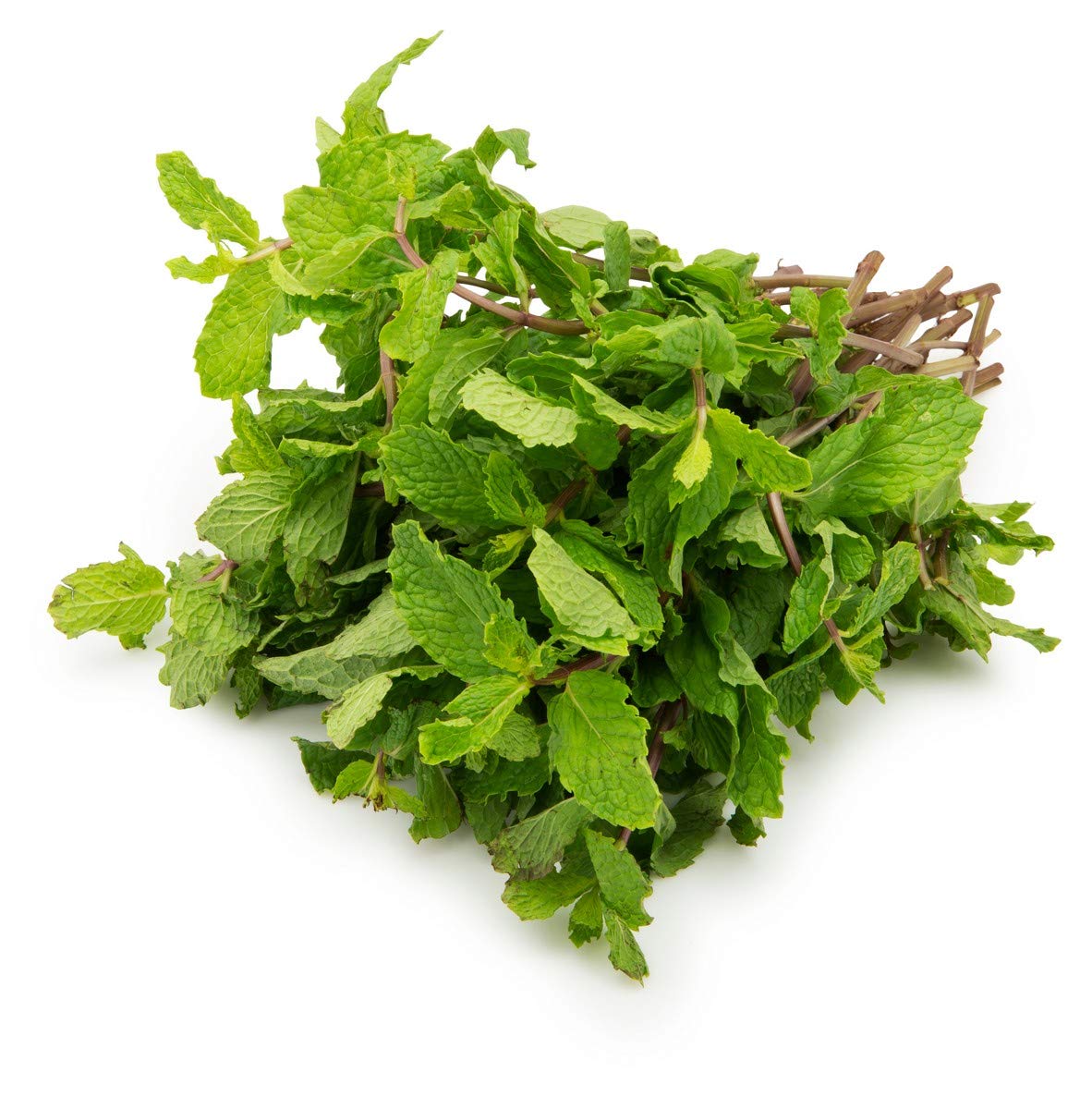
/GettyImages-123530622-5bb67ec94cedfd0026ed0d72.jpg)
Though they grow outwards for quite a distance, they don’t grow too deep in the soil. All trees will develop wide spreading lateral roots. The peppermint tree will adapt its root system depending on the growing location of the tree. The roots of the peppermint tree don’t have categorically invasive roots, but they do have wide spreading lateral roots which some may consider as being “invasive”.

They do not perform well in drought conditions. The regions in which peppermint trees grow receive at least 32-40 inches of annual precipitation.
Peppermint leaves full#
These trees prefer to exist in full sun conditions, though they can tolerate partial shade. This type of soil is usually poor soil, meaning that it is low in nutrients, indicating that this tree is not in need of fertilizer if it lives in your garden. Soil can be either wet or dry, either acidic or alkaline. Peppermint trees prefer to exist in sandy soil, but they can tolerate both clay and loamy soil as well. What are the Growing Conditions of the Peppermint Tree? Soil They can exist in hardiness zones 9-11, and can be found growing right inland from the western Australian coastline in limestone heath, in sandy soils, and in stable sand dunes. They have a rather small growing zone, starting at the subcoastal strip of northern Perth, southward to the Swan river coastal plain. Peppermint trees are endemic to Australia, meaning that they have only ever been recorded existing there. This is very common in tree species that exist in wet lowlands, which is common in Australia. These roots help stabilize trees that exist in shallow soils, and high wind regions. Buttress roots are aerial extension of those surface level roots. This extra support comes in the form of buttress roots. These types of roots are common in flat, sandy areas, though an extra support system will develop if trees are growing on more rocky terrain. All trees will develop wide-spreading lateral roots. It’s not secret that the Australian outback is a rugged place, and so it’s safe to guess that the native plants of these regions have developments in place to help weather that intense. Once you’re done learning about the peppermint tree and you realize “oh my goodness there are so much more trees than I ever could have imagined”, fear not! We have compiled a list of 101 Types of Trees and 50 Different Fruit Tree Flowers from all over the world, and written a detailed article for every single one! What do Peppermint Trees Look Like? Root System The scientific term flexuosa is latin for “full of bends”, which is in reference to the odd growth pattern of the trees’ twigs. The genus name, agonis, derives from the ancient green word, agon, which translates to “a cluster”, which is in reference to the growth habit of the fruit. It is the most common of the agonis species. Thanks to its attractive evergreen foliage (that smells like peppermint when crushed!) it makes for an excellent shade tree in one of the hottest places in the world.

This tree is a very common specimen tree or street tree in Australia. The aboriginal peoples of western Australia, the Noongar, refer to this tree as the Wanil, Wonnow, Wonong, or Wannang tree. Most commonly known as the peppermint tree, they are also sometimes referred to as the Western Australian Peppermint tree, the Swan river peppermint tree, or the Australian willow myrtle tree (because of its weeping habit). Some of the coolest trees on the planet can be found in Australia, and agonis flexuosa is no exception.


 0 kommentar(er)
0 kommentar(er)
